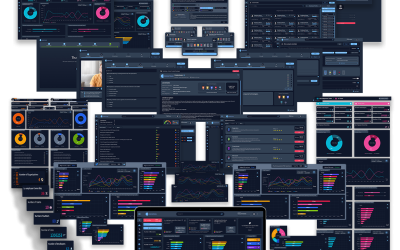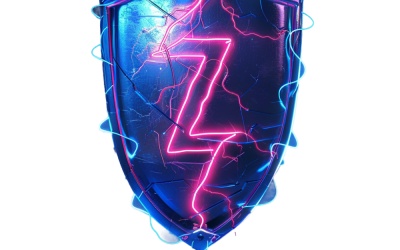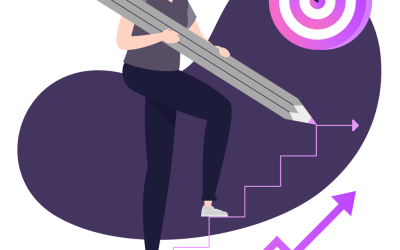Our Blog
Featured Posts
Recent Posts
JavaScript: A Complete Due-Diligence Assessment Guide (Free Guide)
In today’s fast-paced software landscape, conducting a thorough due diligence assessment of JavaScript-based projects is essential for building and maintaining secure, reliable, and compliant systems. This guide consolidates key practices for evaluating JavaScript applications across three critical domains: Security, Licensing, and Code Ownership
Codenteam’s Multi-Model Risk Analysis and Automation: A Case Study in AI-Driven Code Assessment
Identifying and mitigating risks in your codebase is critical to advancing your tech infrastructure, that's why we created Codenteam In the ever-evolving landscape of software development, identifying and mitigating risks in codebases is more critical than ever....
TypeScript: A Complete Due-Diligence Assessment Guide (Free Guide)
In the era of modern software development, due diligence assessments are critical for maintaining robust systems. This guide focuses on evaluating TypeScript-based projects, emphasizing security, license compliance, and governance to ensure top-notch quality and safety.
Understanding the OWASP Top 10 and Its Role in Technical Due Diligence
The OWASP Top 10, published by the Open Web Application Security Project (OWASP), is a highly respected guide that identifies the most critical web application security risks.
8 areas of Typescript: VR, IaC, Extensions, Robots, Games, WebAssembly, runners and cross-platform.
We are actively using typescript for most of our development work nowadays. Mainly for backend and frontend. In this post, we will discuss 8 more areas where we think Typescript might be the best choice. Building VR (Metaverse webapps) Building your first VR WebXR app...
Why Typescript? Is Typescript Frontend or Backend?
TypeScript is a programming language that was developed and maintained by Microsoft. It is a superset of JavaScript, meaning that any valid JavaScript code is also valid TypeScript code. One of the main goals of TypeScript is to add type checking and other features to...
Preparing for a Tech Due Diligence: Step-by-Step Guide for Startups
Tech due diligence can be a pivotal moment for your startup. Investors want a clear view of your technical foundation, product scalability, and security posture. If you're preparing for due diligence, this step-by-step guide will help you take concrete actions that...
Understanding Startup Maturity Stages: Funding & Due Diligence at Each Stage and What Makes it Different
The journey from innovation to a scalable, successful product is fraught with challenges, and the there are multiple models that offer a structured way to understand and address these obstacles. All the scientific models differs in understanding the maturity of the...
Work factor and money-based KPIs in technical teams: Putting a price tag on a line of code?
Credit: The title of this post is directly inspired by Oxford philosopher Michael Sandel’s lecture, Putting a Price Tag on Life. While the content here doesn’t draw from the lecture itself, there is an intriguing parallel: just as the value of life defies simple...













